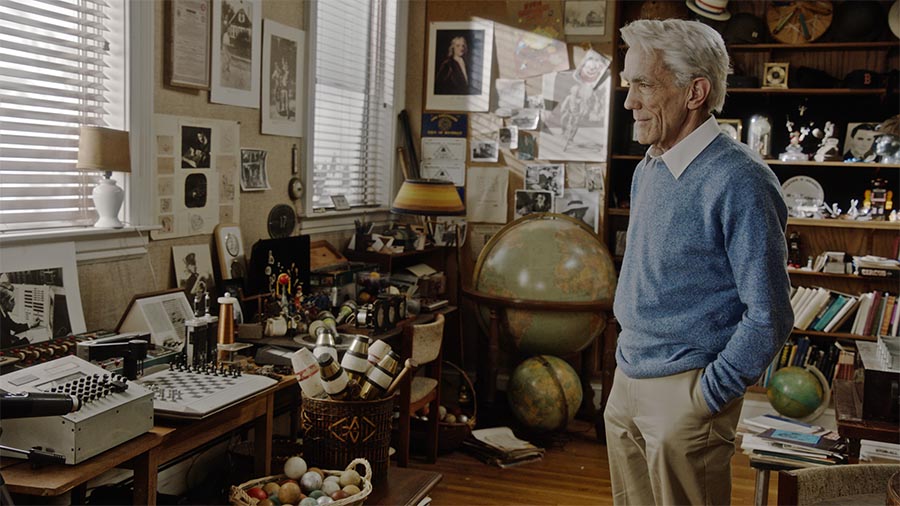The Bit Player, an homage to Claude Shannon
https://www.ispeech.org/text.to.speech

Who was Claude Shannon? Even if his name is unfamiliar, you have likely used something in the past 24 hours that draws on his work—in fact, you are probably doing so right now as you read this. Sending a text or email, playing a CD, ordering a ride—the whole digital and wireless revolution relies on the concepts Shannon developed. His findings are relevant in fields from cryptography to genetics to cosmology.
In a delightful new film, The Bit Player—Claude Shannon: Prophet of Information, director Mark Levinson (Particle Fever, read our interview) takes a look at the largely unknown man whose 1948 paper on the mathematical theory of communication laid the foundations for the information age. Through contemporary interviews, archival footage, reenactments, and animation, the film brings Shannon and his accomplishments to life.
Among people in computer science and related fields, Shannon is revered: Scientists cited in the film mention him in the same breath as Albert Einstein, Isaac Newton, Alexander Graham Bell, and Henry Ford. “So few people have heard of Claude Shannon, and his impact is bigger than all of the household names,” says Andrea Goldsmith, a professor of electrical engineering at Stanford University.
Even as a child, Shannon was interested in codes and messages. During an early foray into telegraphy he realized that a little communication error could turn “Do you like me?” into “Do you hear me?”—and, as he put it, “which she was answering was very important to me.”
His interest in sending messages persisted. Shannon eventually sought a “universal theory of communication” for the accurate and efficient transmission of information. Working alone at Bell Labs, the mathematician and engineer figured out that all information could be converted to binary digits, or bits. He understood that information—language, music, images—contains redundancies and can be compressed. For the purposes of transmission, he realized, “gibberish contains more information than great literature.” And he had the idea that mathematics could be used to eliminate noise. In his landmark 1948 paper in the Bell System Technical Journal, he claimed there was a theoretical speed limit to the accurate transmission of data, which became known as the Shannon limit.

Shannon received acclaim during his lifetime and was eventually lured from Bell Labs to MIT. But after a while, especially with computer scientists long unable to find the codes required to achieve the Shannon limit, he receded into obscurity.
Eventually, however, Shannon was vindicated. “Fifty years on, the final piece of Shannon’s vision of the future was proved to be true,” says Goldsmith. “You could have perfect communication with as little errors as you wanted.”
Discussions of computers and information for lay audiences are often muddy and unintelligible. But The Bit Player succeeds in explaining concepts simply and clearly, without distraction or diminution. The filmmaker also felicitously links Shannon’s interests in information and communication to his early interests in codes, patterns, chess, and the like. Shannon maintained his interest in gadgets and toys and built many remarkable ones, including juggling figures, a chess-playing computer, a flaming trumpet, and unicycles of various designs.
Running through the film are reenactments of interviews that IEEE did with Shannon in the 1980s. In the film, those scenes are re-created with actors in Shannon’s actual home in Winchester, Massachusetts, which was arranged to look as it had when he lived there. He died in 2001.
Shannon emerges as a shy, playful, curious man who didn’t seek fame or much care what people thought of him. But his achievements speak for themselves, and he is certainly a person whom anyone who uses a smartphone or computer should know about. The Bit Player is the perfect title for this informative and fun film.
Commissioned by the IEEE Information Theory Society, The Bit Player premiered at the World Science Festival in New York City on 29 May. Check for screenings and other availability at thebitplayer.com.








Gloss